OTT user base has seen a rise of nearly 96% during the pandemic: Siddharth Anand Kumar
It’s SCREENXX time again, Adgully’s premiere property for the Video-On-Demand and Digital Entertainment space. In the run-up to SCREENXX 2020, we are lining up a series of interesting interactions and stories on the OTT space and highlighting how this sector is evolving and the consumers’ engagement with the OTT platforms, as part of our ‘Show Time’ series.
In conversation with Adgully, Siddharth Anand Kumar, Vice President - Films & Events, Saregama India Ltd, maps the opportunities vis-a-vis consumer interest in the OTT video streaming market in India.
What are the key digital trends that are bringing about a change in content consumption during COVID times?
I think the consumption of content in times BC – Before COVID – were indicative of what was going to unfurl in the months to come, when the global crisis hit us unawares.
Also read: Streaming has become a very important part of living now: Arjun Mukherjee
The media and entertainment industry has always been at the forefront of technological advancement and have been early adopters of the same. This trend has only accelerated, with the digitisation of content spearheading this evolution. Nowhere is this change more apparent than in India than the way in which the media landscape has undergone a radical transformation, purely in the way content is accessed and consumed across all demographics, making it a lucrative playground for content creators and platforms to operate.
Mobile streaming numbers have always been burgeoning over the last few years, what with the availability of cheap and ubiquitous data, massive improvements in bandwidth and connectivity and the proliferation of inexpensive smartphones across the board. During the last few months, video streaming across OTT sites have grown significantly, leading to a surge in subscriptions. OTT user base has seen a rise of nearly 96 per cent during the pandemic, and the increase in online video viewing hours was also the highest in India at over 85 per cent, as per some reports. The shift from the big screen to the handheld screen has never been so acutely felt as in these last few months. Suddenly, content from across the world – quite literally – opened up in our screens and we were hooked.
What has also emerged as a big trend in content consumption is the importance of vernacular content, opening up a whole new demographic. With the majority of English-speaking populace already hooked on the digital screens, the lockdown has thrown open subscribers from Tier 2, 3 and 4 cities. These viewers come with a specific and pre-existing set of entertainment preferences, and OTT platforms quickly recognised this need and have jumped on the bandwagon. Of particular importance are vernacular languages and localised content and solutions. Streaming companies, both international and local, are now producing original IPs and hyperlocal regional content that caters to specific audiences.
The other shift that one can see during the lockdown is one from the consumer to the creator. With technology changing course at every foreseeable turn, the dividing line between content creator and content consumer is increasingly getting blurred. This shift is driven by new media platforms and the vast audience they provide access to. Instagram and Facebook and the erstwhile TikTok have given rise to a legion of influencers with dedicated fan following, who have emerged as frontrunners for marketing campaigns for major brands. In times of the pandemic, with limited options of entertainment, the passive viewer, encouraged by the success of these influencers, have slowly moved to being short content creators themselves.
This plethora of viewing options has polarised the ecosystem into two distinct streams. On the one hand are premium subscription services that offer high-quality, longform content in the shape of TV shows and movies, original content, sports streaming services. These would be Netflix and Amazon Prime, Disney+ HotStar, ZEE5, etc. In direct opposition to this is the development of the shorter, vertical, bite-sized pieces of content offered by TikTok, Reels, Instagram, etc. Created and curated by the public at large, and pretty much working on the premise that ‘Absolutely anything goes’, they offer creative minds a platform to express themselves. The result is an interesting landscape of content consumption, a balanced form of co-existence, in which these methodologies act as complementary forces – with professionals populating the former and content creators the latter.
How do you see OTT platforms changing consumers’ expectations around the scope and scale of content?
Given that OTT platforms are aggressively wooing the Indian consumer to drive subscriptions, we are seeing a massive influx of funds dedicated to creating original content for the platforms – across languages. The need is to excite the consumer – and the Indian consumer is varied in its nature. While there are the big budget movies that have seen a premiere in these platforms in the last few months – and will continue to do so in the coming months – there is also an investment in creating web series and original films across varied subjects. Almost all of them boast of big names from the industry – either in front of the camera or behind it. The audience expectations are now piqued, and they expect great scale and quality in what they choose to watch on these platforms.


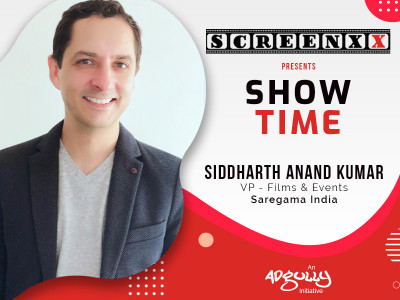
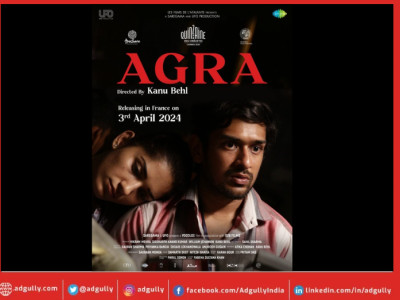
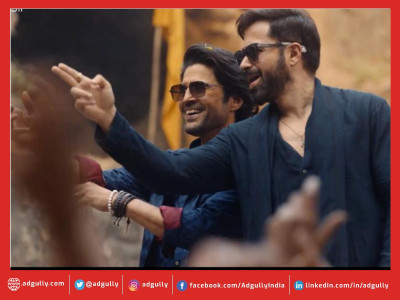

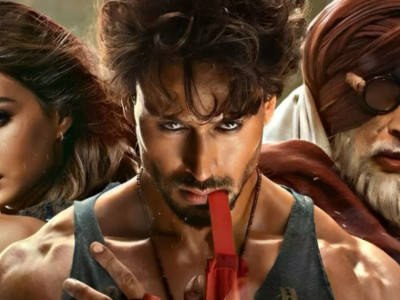

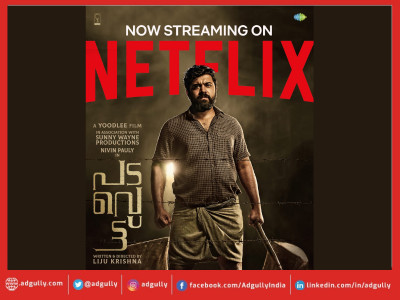


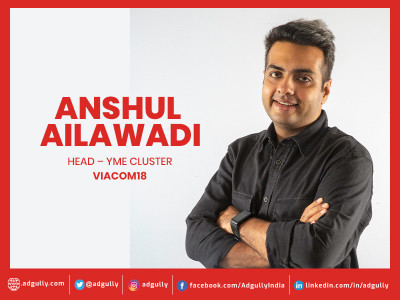


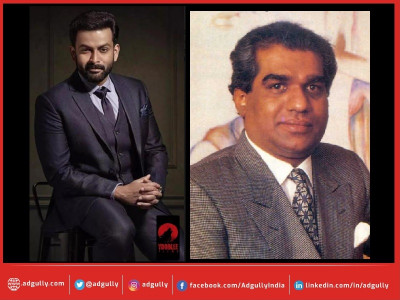

Share
Facebook
YouTube
Tweet
Twitter
LinkedIn